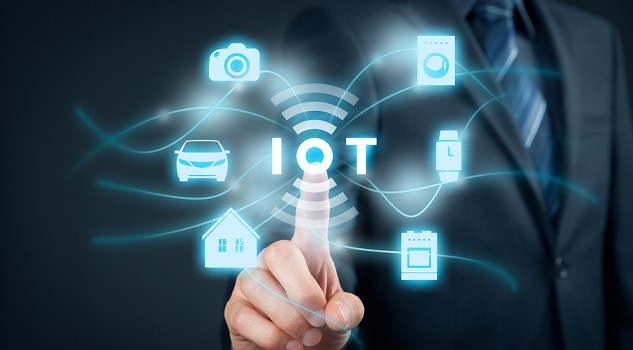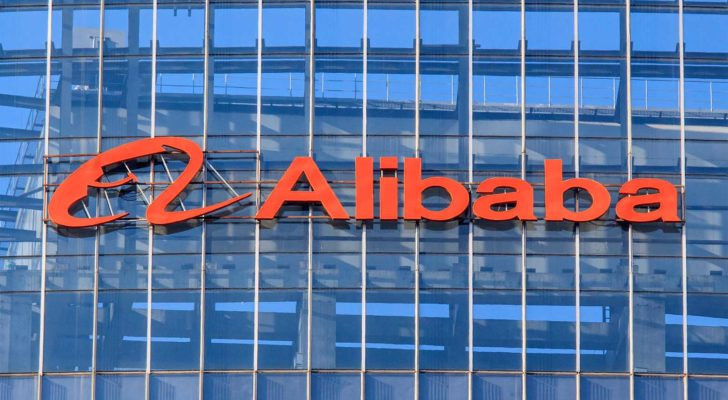A Connected Future: The Rise of IoT Insurance
The insurance industry is undergoing a digital transformation, driven by the rapid adoption of Internet of Things (IoT) technologies. IoT devices, ranging from smart home appliances to wearable fitness trackers, are generating a wealth of data that insurers are using to revolutionize their services. This influx of data provides unprecedented insights into customer behavior, risk factors, and potential claims, enabling insurers to offer personalized coverage, enhance fraud detection, and optimize pricing models.
Unlocking Value Through Data-Driven Insights
The core of IoT insurance lies in leveraging the vast amount of data generated by connected devices. Insurers are using this data to create detailed profiles of their policyholders, allowing for tailored coverage and risk assessments.
For instance, wearable fitness trackers can provide real-time data on an individual's health and activity levels, enabling insurers to offer discounts to policyholders who maintain a healthy lifestyle. Similarly, smart home devices can monitor factors like temperature, humidity, and energy consumption, helping insurers identify potential risks and provide personalized recommendations to prevent accidents.
Predictive Analytics: Foreseeing the Future of Risk
IoT data goes beyond simply understanding individual behavior. It also enables insurers to develop predictive analytics models that can identify potential risks before they materialize.
By analyzing historical data from connected devices, insurers can develop algorithms that predict the likelihood of claims, identify high-risk areas, and proactively adjust pricing strategies. For example, an insurer might use data from smart home devices to predict the likelihood of a fire or burglary based on factors like the presence of smoke detectors, security cameras, and motion sensors.
The Impact on Claims Management
IoT devices are also transforming how insurers handle claims. Connected devices can provide valuable evidence in the event of an accident, speeding up the claims process and reducing disputes.
For instance, a dashcam in a car can capture footage of an accident, providing irrefutable evidence to support the driver's claim. Similarly, smart home security systems can record footage of a burglary, allowing insurers to verify the claim and expedite the payout.
Addressing the Challenges of IoT Insurance
While IoT insurance holds significant potential, it also presents a range of challenges that need to be addressed.
Data Privacy and Security
The collection and use of personal data from connected devices raise significant privacy concerns. Insurers need to ensure they handle this data responsibly and comply with relevant regulations, such as the General Data Protection Regulation (GDPR).
Interoperability and Standards
The lack of standardized protocols and interoperability among different IoT devices can create integration challenges for insurers.
Technological Complexity
Implementing and managing IoT solutions requires significant technological expertise and resources. Insurers need to invest in building the necessary infrastructure and developing the skills required to leverage these technologies effectively.
A New Era of Personalized Coverage
As the Internet of Things continues to evolve, the insurance industry is poised to undergo a profound transformation. IoT technologies are enabling insurers to offer personalized coverage, enhance risk management, and improve customer experiences.
However, it is crucial for insurers to address the challenges associated with data privacy, interoperability, and technological complexity. By navigating these challenges, insurers can unlock the full potential of IoT and shape the future of insurance.
The rise of IoT insurance represents a new era of personalized and data-driven coverage. By embracing these technologies, insurers can build a more efficient, transparent, and customer-centric insurance ecosystem. This is an exciting time for the insurance industry, as the integration of IoT is ushering in a wave of innovation that has the potential to benefit both insurers and policyholders alike.

















